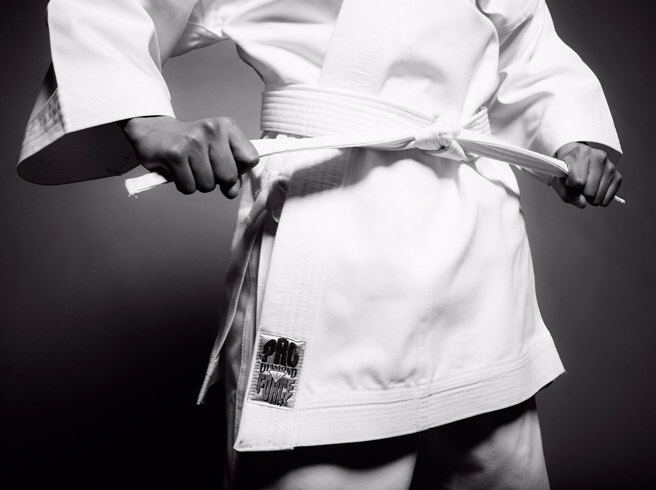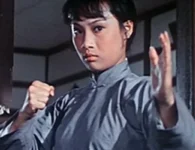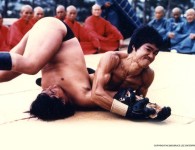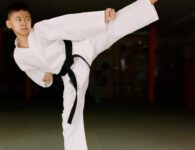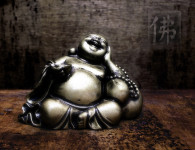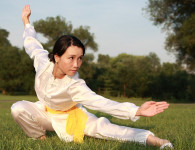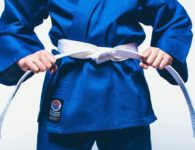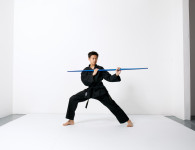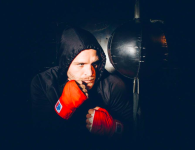Where did the martial arts that we practice today first begin?
Today, martial arts is a term that represents a multitude of combat systems, sports, self-defense techniques, and disciplines that can range from striking arts like boxing, Muay Thai, and Tae Kwon Do to purely grappling arts like Brazilian Jiu-Jitsu, and Judo and everything in between. These arts all have rich traditions that date back decades – and sometimes centuries. There are martial arts classes and competitions. Martial arts can be a calling, a job, or a beloved hobby for the people who participate in them.
So how did we get from the battlefields and arenas of ancient times to the karate belts, karate uniforms, and world class competitions of today? There is no easy answer to this. There are as many roots to what we now practice as there are martial arts, and the documented history of all of these rich and beautiful arts is far too deep a topic for one simple blog post. The undocumented history that scholars are still trying to piece together might be even deeper. But let’s take a brief look at some of the places where the martial arts we love first began to develop.
AFRICA
Martial arts’ origins across the African continent might not be as well-documented as those from ancient Greece and China, but its history is no less important. And what we do know is fascinating and filled with a wide array of techniques and disciplines.
Historians of trace African wrestling traditions back to Egypt’s Beni Hasan system (which is explored in detail in ancient Egyptian artwork from as early as 3000 BC) but there’s plenty of evidence to suggest that submission-based wrestling was a common activity among many tribes in West Africa. Stick fighting was also a common practice in many tribes, and was particularly popular in Egypt. Striking-based martial arts were also practiced and perfected by many tribes, with one of those arts, engolo, forming the basis of what would become capoeira when people who practiced the art were taken to Brazil as slaves.
GREECE
While art from the period suggests that early forms of wrestling across Africa tended to favor ground-based grappling and submission holds, another take on wrestling that included more stand-up techniques and throws was emerging in ancient Greece. Greek athletes also had their own version of striking, which included an early form of boxing, and pankration, a combat sport that included ancient boxing hand strikes, kicks, grappling techniques, and submission holds and is considered a precursor to today’s mixed martial arts. Wrestling, boxing, and pankration were all events at the original Olympic games. Unlike modern day athletes, who compete in sport-appropriate gear, karate uniforms, and gloves, these ancient athletes trained and fought in the nude.
INDIA
Martial arts were such a fundamental part of historical Indian culture that references to their practice are even included in the ancient Sanskrit texts known as the Vedas and in Indian epic poetry. The epic poem Mahabharata, for example, contains detailed descriptions of a battle fought with clenched boxing-style fists, kicks, and knees.
India’s combat styles had a strong influence on the development of modern martial arts like silat, bando, and kai. Elements of those early striking techniques can also be found in modern Muay Thai. And ancient Indian martial arts’ meditation components, which were first introduced to combatants by yogis in the 3rd century B.C. are still a fundamental part of many training systems in martial arts across the globe, including karate and the deep meaning behind the karate belts system.
CHINA
Ancient Chinese martial arts and Shuai jiao (Chinese wrestling) first originated thousands of years BC, during the Xia Dynasty. Chinese boxing can be traced back to the Zhou Dynasty from 1122-255 BC. Historians believe that these arts were first developed for self-defense purposes for both soldiers and hunters.
The first historical Chinese documents that reference martial arts and martial arts theory are the Spring and Autumn Annals from the 5th century, BC. This also marks the first discussion of both “hard” and “soft” techniques. There was also a deep mental component to this early training that went on to influence wider Chinese society, including Daoism. In turn, Daoist philosophy and its views on health and fitness also had some influence on the evolution of the art. Combined with the introduction of yogic-informed Indian martial arts to the area, this lead to the thinking that would produce important martial arts and philosophy texts like Sun Tzu’s The Art of War.
The first Shaolin temple was established in 495 AD.
JAPAN
While still a centuries old tradition, karate is a relatively young art compared to the origins listed above. It was first developed in the Okinawa region in the 17 century, using a number of ancient Chinese martial arts techniques as its original inspiration. After hundreds of years as a relatively local phenomenon, karate was introduced to mainland Japan in the 20th century. From there, it quickly gained popularity around the world, growing into the beloved art, with its karate belts, karate uniforms, forms, and discipline, that we know and love today.

